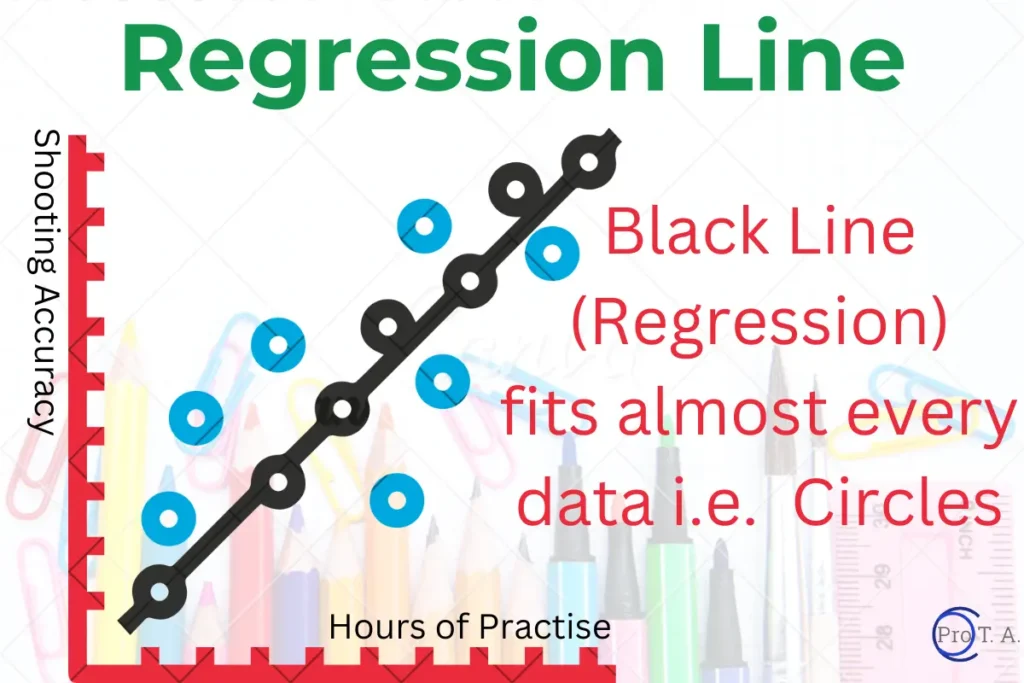Content Structure:
- Introduction:
- Introduce the concept of regression in technical analysis and its significance in understanding market trends.
2. Definition of Regression
In technical analysis, a regression line is a straight line that best fits two sets of data, like price and time. It’s created using a method called linear regression, which determines the line’s slope and starting point. Technical analysts study the position and slope of the regression line on a chart to gain insights into market trends.
3. Example of Regression

Imagine you have a friend named Alex who loves playing basketball. Alex records the number of hours he practices every day and his shooting accuracy in a notebook. To analyze Alex’s progress over time, you can use regression.
- **Collecting Data:**
- You note down the hours he practices each day (x-axis) and his shooting accuracy (y-axis) in a table.
- **Plotting the Data:**
- Plot the points on a graph, where each point represents one day of practice. You’ll see scattered points that don’t form a clear pattern.
- **Regression Line:**
- Now, you draw a straight line through the points that best represents the overall trend. This line is the regression line.
- **Interpreting the Line:**
- The slope of the line shows how much Alex’s shooting accuracy improves for each additional hour of practice.
- The starting point of the line indicates the initial shooting accuracy before any practice.
- **Understanding Trends:**
- By studying the position and slope of the line, you can predict how Alex’s accuracy will change with more practice or identify patterns in his progress.
So, in technical analysis, regression helps us understand and predict relationships between different sets of data, just like analyzing Alex’s basketball practice to predict his shooting accuracy.
4. Conclusion:
- Summarize the key points discussed in the blog post and emphasize the importance of regression in technical analysis for predicting market trends


